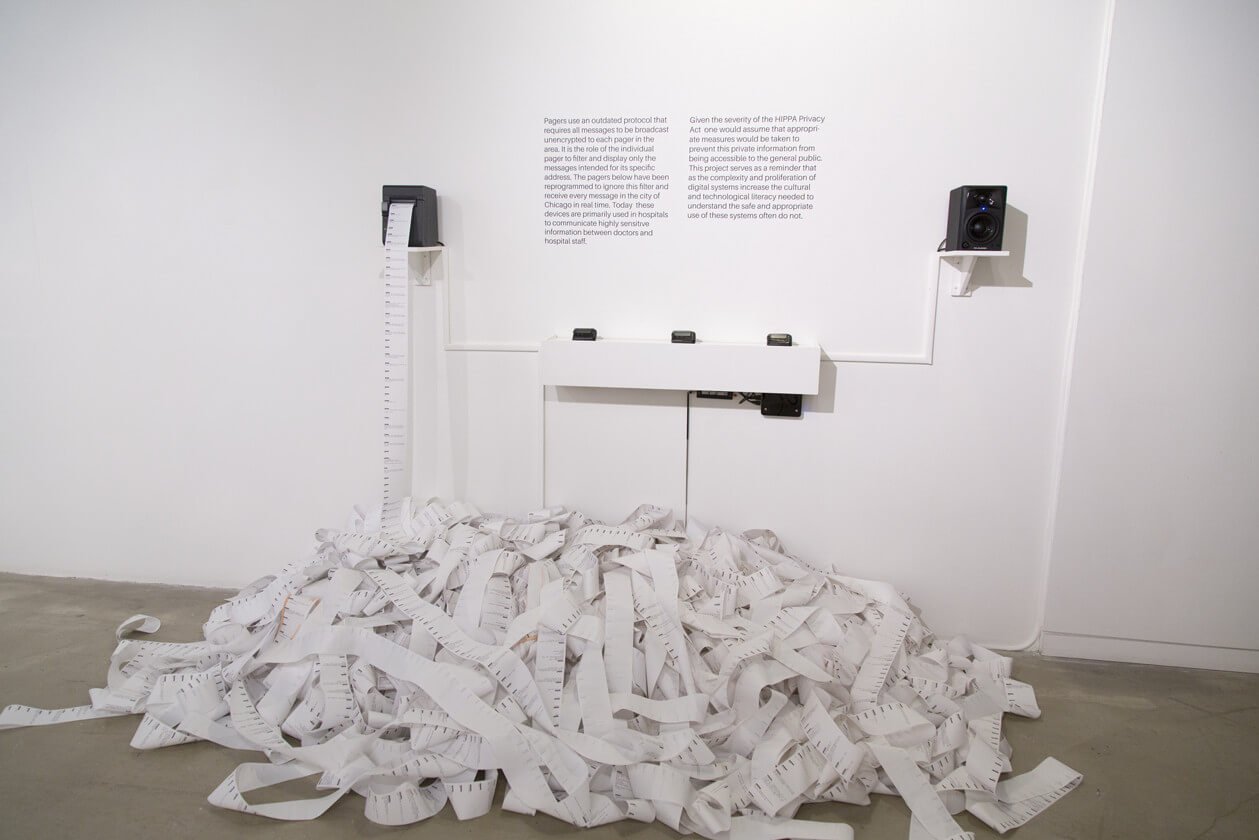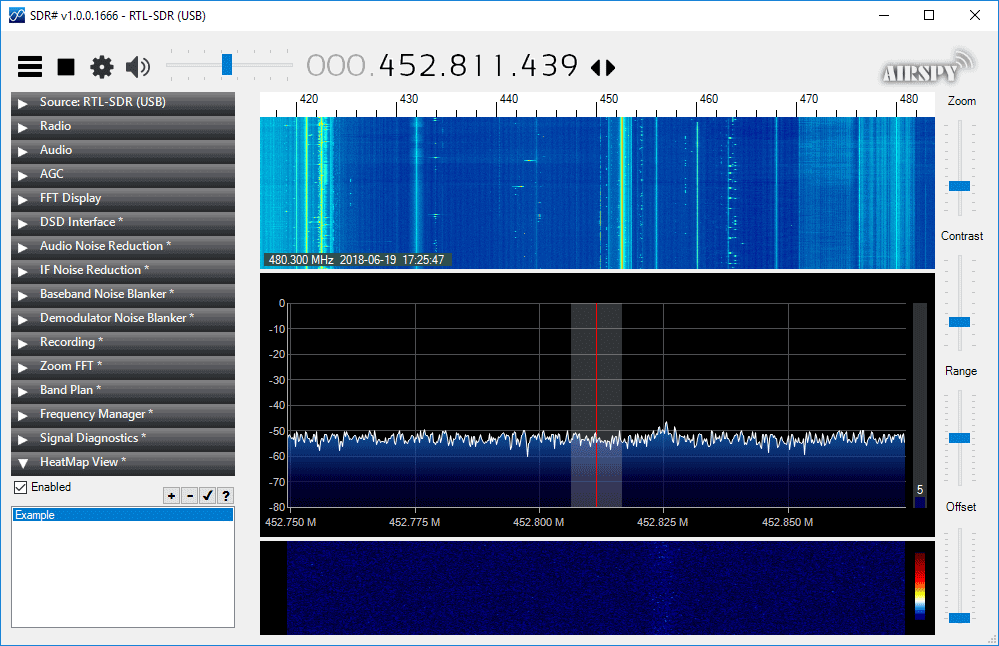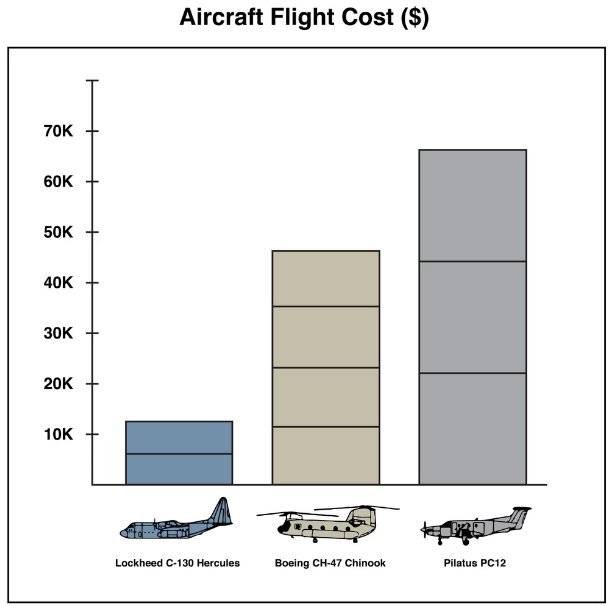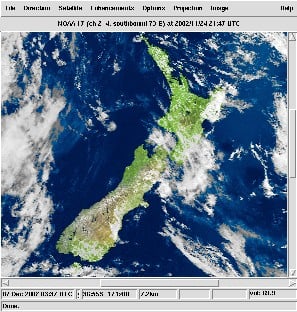Exposing Hospital Pager Privacy Breaches
It has been a known open secret that for years many hospitals have been transmitting sensitive patient data over the air completely unencrypted via their pager network. With a simple ultra cheap radio such as an RTL-SDR, or any other cheap radio scanner such as a Baofeng, it is possible to eavesdrop on this sensitive data with very little technical knowledge required. Hospitals appear to be reluctant to upgrade their systems despite clearly being in violation of HIPAA privacy regulations in the USA.
Recently, @WatcherData has been trying to bring attention to this ongoing security breach in his home state of Kansas, and last month was able to get a news article about the problem published in the Kansas City Star newspaper. Over on Twitter he's also been actively documenting breaches that he's found by using an RTL-SDR to receive the pager messages.
Congrats to this new mom at @FreemanCares4U! Do you think she knows her personal info was sent out to people hundreds of miles away so that her hospital could use old pagers? #HIPAA #patients #breach #PII pic.twitter.com/YVyVWMvzFu
— Data Watcher (@WatcherData) May 28, 2018
Interestingly, publicity generated by @WatcherData's newspaper article has brought forward a hostile response from the hospital in question. Over on Reddit /r/legaladvice, a forum where anyone can ask legal advice questions, @watcherdata posted the following:
I discovered some time ago that hospitals throughout my region of the US are sending messages to physician pagers that include the name, age, sex, diagnosis, room number, and attending physician. These can be seen by anyone with a simple RTL SDR device, and a couple of free programs.
This seems like a massive HIPAA violation. So I contacted the main hospital sending out most of the information, and they were extremely grateful. I got a call within a day from a high level chairman, he explained their steps to remediate, that their auditors and penetration testers missed it, and that they would have it fixed within a week. Sure enough, they started using a patient number and no identifiable information in the pages. A couple of other hospitals have fixed their systems too, after I started contacting them via Twitter.
Early on in this process, I contacted my local newspaper. They reached out to the hospital in question, and were met with a "very hostile" response. They immediately deflected from any HIPAA violations and explained that I (the source) am in violation of the Electronic Communications Privacy Act of 1986.
This was enough to scare me off completely. I've nuked all log files from my systems and stopped collecting data. The reporters want to know how I would like to proceed. Originally, I was going to get full credit for the find in their article. But now, I at least need to be anonymous, and am thinking about asking them not to run the story at all.
Among the replies there doesn't seem to be consensus on whether simply receiving pager messages in the USA is legal or not.
In the past we've seen similar attempts to bring attention to these privacy breaches, such as an art installation in New York called Holypager, which simply continuously printed out all pager messages that were received with a HackRF for gallery patrons to read.



